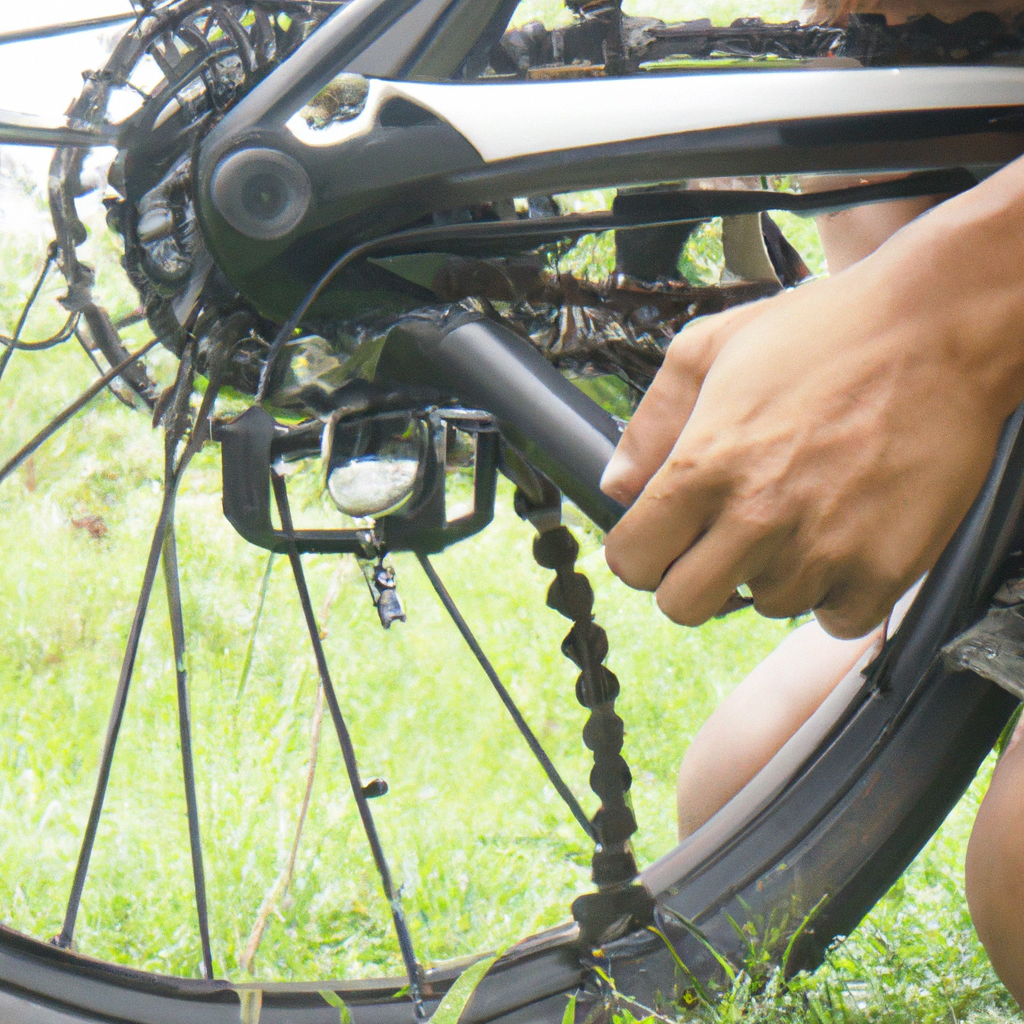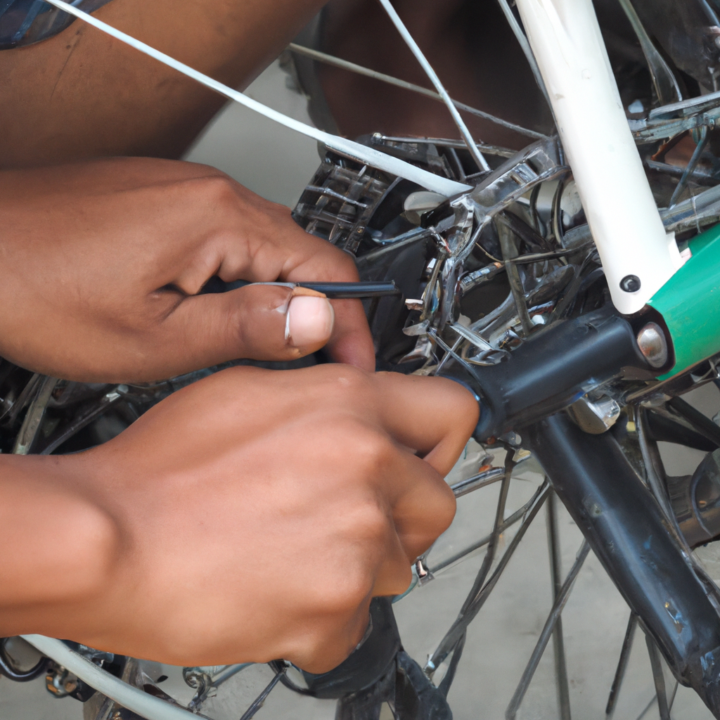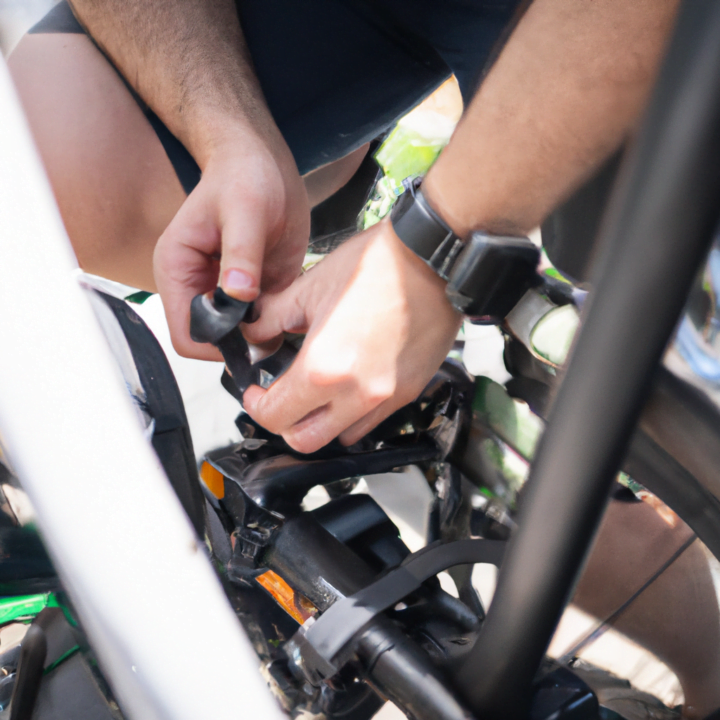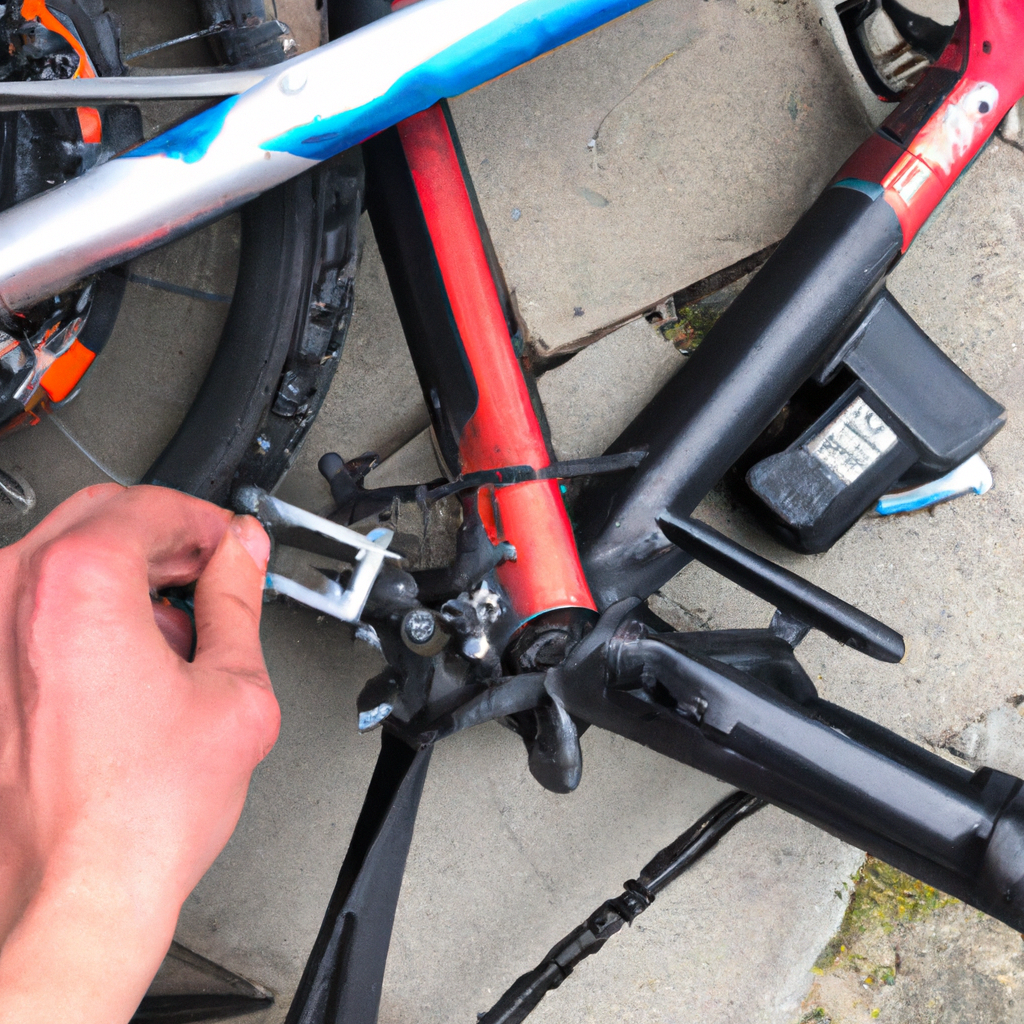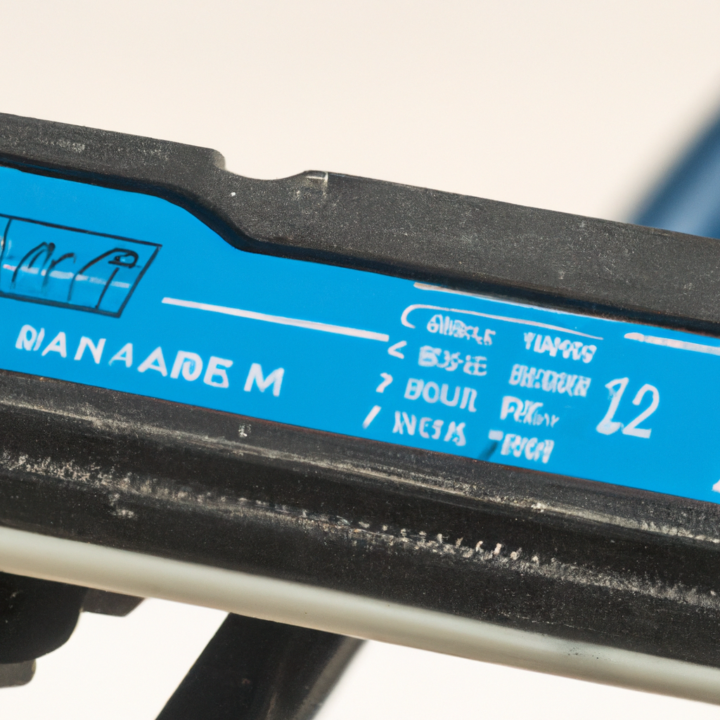Electric Bike Maintenance Tips: Learn Essential Maintenance Practices to Keep Electric Bikes in Top Condition
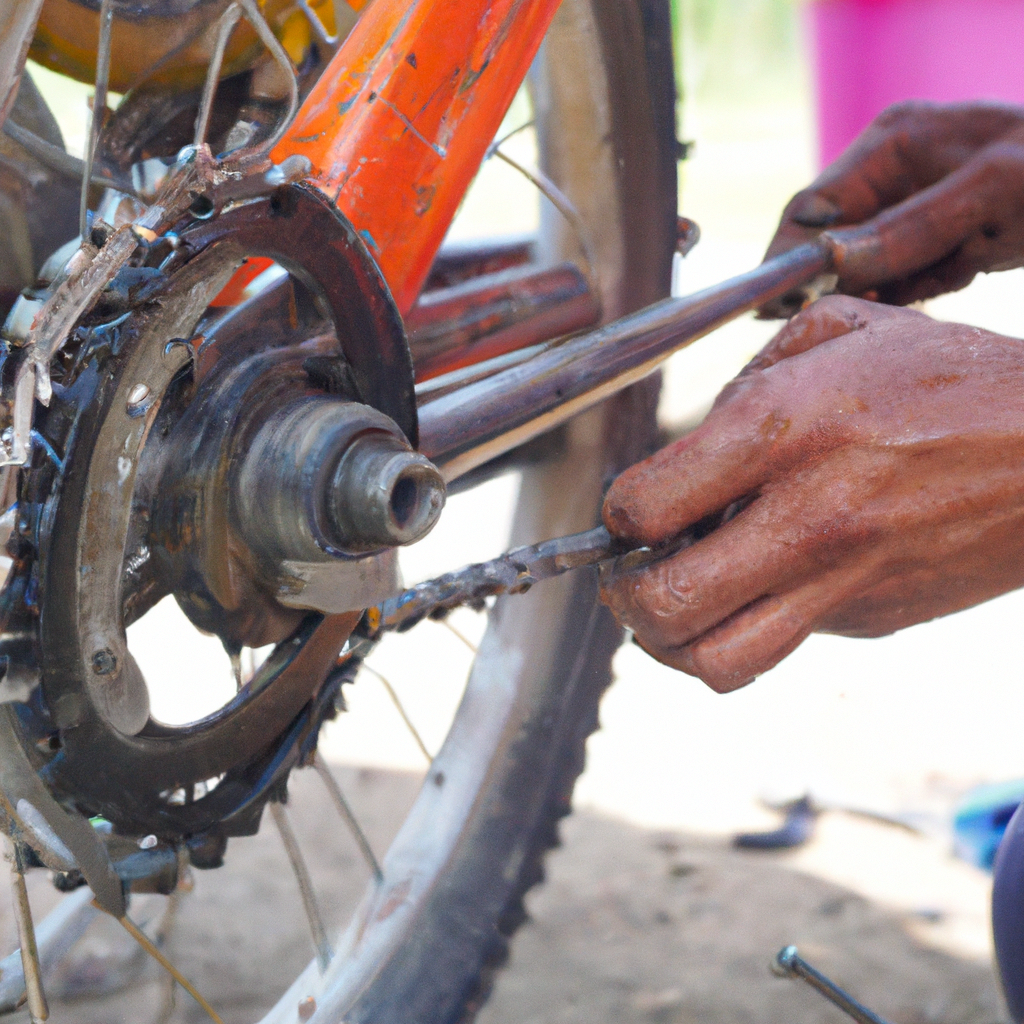
In recent years, electric bikes have gained immense popularity, providing an eco-friendly alternative to traditional bicycles. With their increased power and range, electric bikes have opened up new possibilities for commuters, enthusiasts, and fitness enthusiasts alike.
However, to ensure the longevity and optimal performance of your electric bike, it is crucial to follow essential maintenance practices. In this article, we will explore some maintenance tips that can help you keep your electric bike in top condition.
1. Keep Your Electric Bike Clean
Table Of Contents
Just like any other vehicle, electric bikes require regular cleaning to maintain their functionality and appearance. Over time, dust, dirt, and grime can accumulate on your bike, affecting its performance.
Start by wiping down the frame, spokes, and other visible parts with a damp cloth. For hard-to-reach areas, such as chainrings and derailleurs, use a brush or special cleaning tool to remove dirt and debris. Once clean, make sure to dry your bike thoroughly to prevent any moisture-related issues.
2. Inspect and Tighten Bolts and Screws
Due to regular usage and vibrations from riding, bolts and screws on your electric bike can gradually loosen over time. Loose bolts and screws not only compromise your safety but also lead to increased wear and tear on components. To prevent this, conduct regular inspections of all the fasteners on your bike and tighten any that may have become loose. Use the appropriate tools and follow the manufacturer’s guidelines for torque specifications to ensure proper tightening of bolts and screws.
3. Check and Maintain Tire Pressure
Maintaining proper tire pressure is not only crucial for your safety but also affects your electric bike’s performance and battery life. Insufficient tire pressure can make your bike harder to pedal and decrease its range, while overinflated tires may result in reduced traction and a harsher ride. Consult your bike’s user manual or the sidewall of your tire to determine the recommended tire pressure. Use a reliable pressure gauge to regularly check and maintain the pressure within the recommended range.
4. Lubricate the Chain and Moving Parts
An electric bike’s chain, derailleurs, and other moving parts are subjected to high levels of stress and friction during operation. Regular lubrication helps reduce wear, minimize noise, and improve shifting performance. Apply a suitable bicycle chain lubricant to the chain, ensuring it reaches each link. Use a clean cloth to remove any excess lubricant. Additionally, consider lubricating other pivot points, such as the derailleur pulleys and brake caliper pivots, to keep them operating smoothly.
5. Inspect Brake Systems Regularly
Brakes are one of the most critical components of any bike, and electric bikes are no exception. Regularly inspect your brake pads, rotors, and cables for wear and damage. Check your brake pads’ thickness, ensuring they are not excessively worn down. Inspect the rotors for any signs of warping or uneven wear, as this can impair braking performance. If you notice any issues with your brakes, consult a professional bike mechanic for further inspection and adjustment.
6. Protect Your Battery
The battery is the powerhouse of your electric bike and requires some attention to ensure its longevity. Store your bike in a cool, dry environment to prevent excessive exposure to heat, which can degrade the battery’s performance over time. Additionally, avoid fully discharging your battery and charge it often, even if you haven’t used your bike extensively. Regularly check the battery’s connections and clean them if necessary. When not using your electric bike for extended periods, follow the manufacturer’s instructions for battery storage.
7. Regularly Inspect and Adjust Gears
The gears on your electric bike are responsible for providing a smooth and efficient riding experience. To ensure flawless gear shifting and prevent unnecessary stress on the drivetrain, regularly inspect and adjust your bike’s gears. Pay attention to any signs of misalignment, unusual noises, or difficulty in shifting. If you are not confident in doing it yourself, seek the assistance of a professional bike mechanic.
By following these essential maintenance practices, you can keep your electric bike in top condition, prolong its lifespan, and enjoy a safe and enjoyable riding experience. Remember, taking care of your electric bike not only ensures its optimal performance but also contributes to a more sustainable and environmentally-friendly form of transportation.
Frequently Asked Questions about Electric Bike Maintenance
1. Why is it important to maintain an electric bike?
Proper maintenance ensures the optimal performance and longevity of your electric bike. Regular maintenance helps prevent breakdowns, extends battery life, and ensures a safe and smooth ride.
2. How often should I clean my electric bike?
It is recommended to clean your electric bike after every few rides, especially if you’ve been riding in dusty or muddy conditions. Regular cleaning helps remove debris, prevents rust, and keeps your bike looking new.
3. What should I use to clean my electric bike?
To clean your electric bike, use a mild detergent or bike-specific cleaner and a soft sponge or brush. Avoid using high-pressure water or harsh chemicals that could damage the electrical components. Rinse with regular or low-pressure water.
4. Do I need to lubricate the chain of an electric bike?
Yes, regular chain lubrication is essential for smooth and efficient pedaling. Apply a bicycle chain lubricant specifically designed for electric bikes. Be cautious not to over-lubricate, as excessive lubrication can attract dirt and grit.
5. How often should I check the tire pressure?
It is recommended to check your electric bike’s tire pressure before every ride or at least once a week. Consult the manufacturer’s guidelines for the recommended tire pressure range, which may vary depending on the type of bike and tires you have.
6. Can I wash my electric bike with water?
Yes, you can wash your electric bike with water, but be careful not to spray directly at the electrical components, especially the motor, display, and battery connections. Use a damp cloth for those sensitive areas. Always follow the manufacturer’s instructions regarding water exposure.
7. How often should I charge the battery?
It is best to charge your electric bike battery after each ride or when the battery level drops to around 20-30%. Avoid leaving the battery unused for long periods as it can lead to deep discharge and reduced battery life.
8. Is it necessary to have professional maintenance for my electric bike?
While some maintenance tasks can be performed at home, it is recommended to have your electric bike professionally serviced at least once a year. Professionals can ensure thorough inspections, tune-ups, and address any potential issues that may require expertise.
9. How can I protect my electric bike from theft?
To protect your electric bike from theft, consider using a quality bike lock to secure it to a fixed object. Choose a well-lit area for parking, register your bike, and use GPS tracking devices if available. Being cautious and vigilant can help deter theft.
10. What should I do if my electric bike encounters mechanical issues?
If you experience mechanical issues with your electric bike, it is advisable to consult the manufacturer’s manual or reach out to a local bike shop or electric bike specialist. They can provide guidance, troubleshooting tips, and professional assistance if needed.
| No. | Tips |
|---|---|
| 1 | Keep the bike clean and dry after each ride. |
| 2 | Regularly check tire pressure and inflate/deflate as needed. |
| 3 | Lubricate the chain and other moving parts regularly. |
| 4 | Check brakes for proper function and adjust as necessary. |
| 5 | Inspect and tighten all bolts, nuts, and screws. |
| 6 | Ensure the battery is charged and stored properly. |
| 7 | Check and adjust the derailleur and gears for smooth shifting. |
